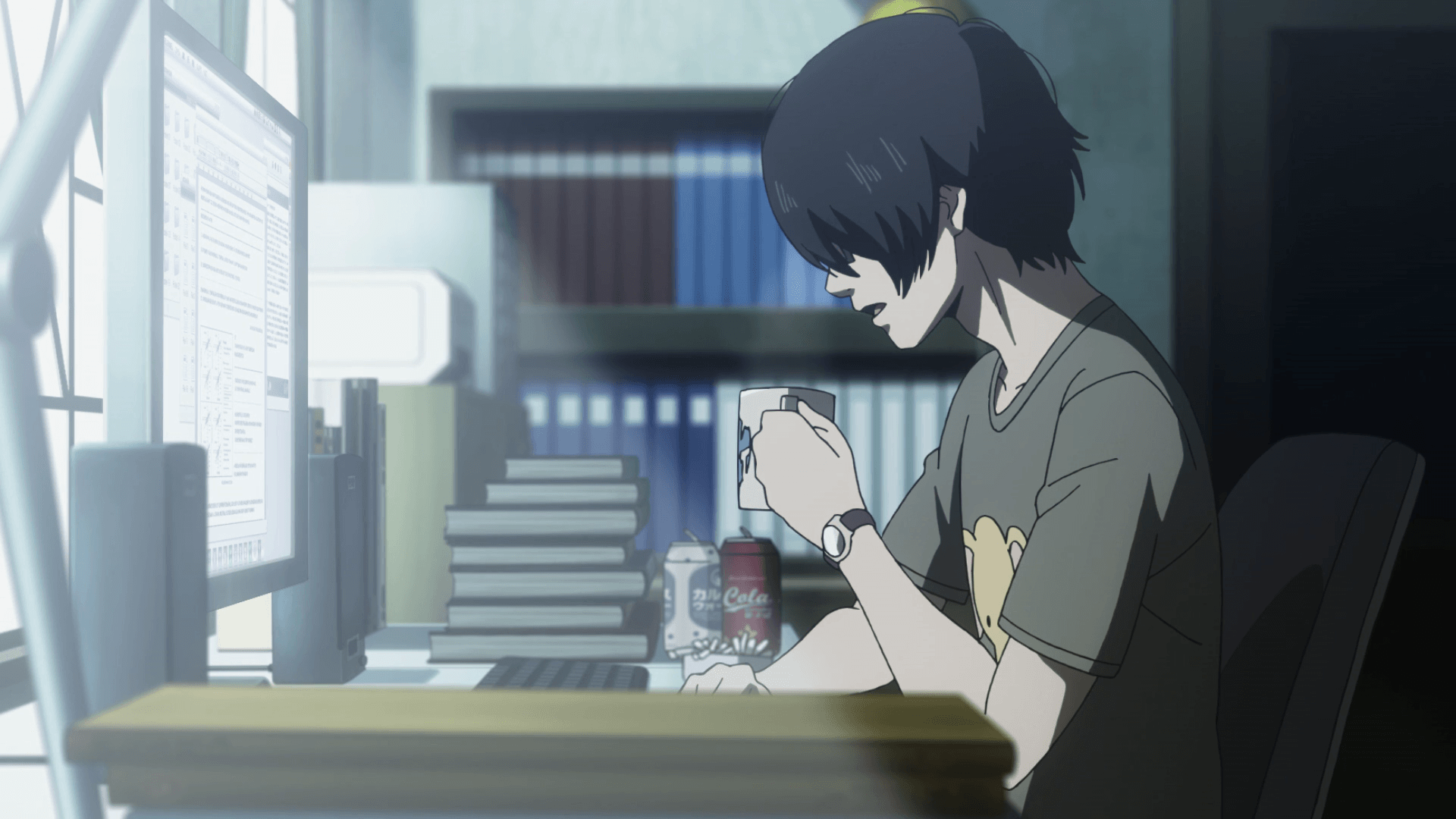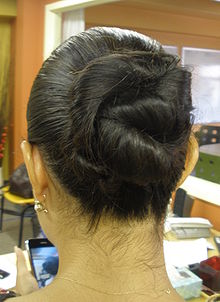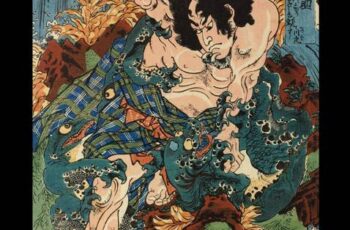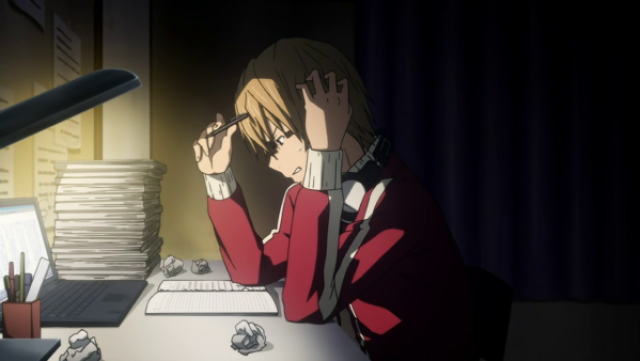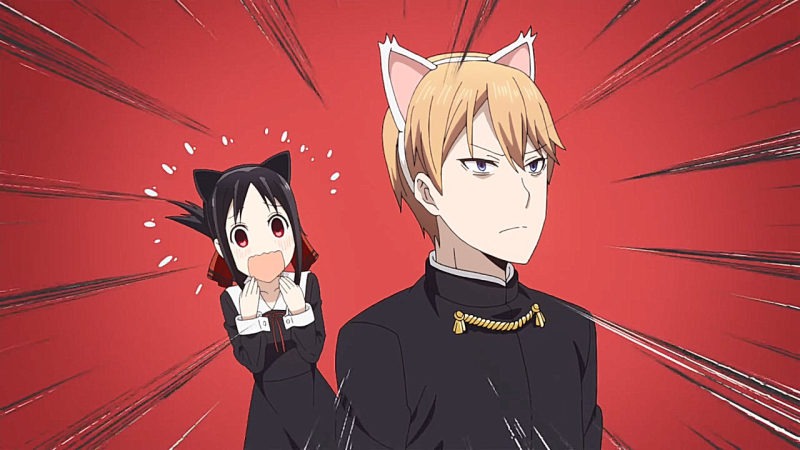
I’ve also been working on a Japanese folklore collection. I have about 150 stories, or 180k words, of folklore I’ve rewritten for modern readers. In my personal life, I’m single again but that was the only major shake up for the year. So that brings me to my favorite articles to write for 2019. The year proved to be a year of editorials. It’s hard to research and write articles for JP while juggling various writing projects. My favorite articles tend to be the few I researched. But as these things go, the best performing of the new articles weren’t these researched ones. It’s a little frustrating that the most time-consuming posts see the least amount of views. I’m not blaming you, my reader, for that. Much of that has to do with the nature of SEO and Google in addition to what people want to read. More people want to read about anime than read about the history behind anime. Fortunately, you–my core reader–read these historical articles. But I have to admit that the nature of the Internet discourages me sometimes. I’ve mentioned in the past the debacle of my most ambitious article, Japan’s Hidden Christians, and how the post didn’t work. I consider slicing the post into a series of small posts and releasing them over a few Sundays.
In any case, here’s my list of favorite articles to write in 2019:
Storytelling in Zelda: Breath of the Wild

I love The Legend of Zelda. I grew up playing it, and Breath of the Wild sparked the same sense of wonder that the first NES game gave me. However, many on the Internet disparaged how Breath of the Wild handled storytelling–namely, how the story wasn’t spoon-fed to them. I argued how Breath of the Wild has one of the best stories in the series. I outlined how the story was told indirectly and subtly through the environment and lack of music.
Seneca, Anime, and Time
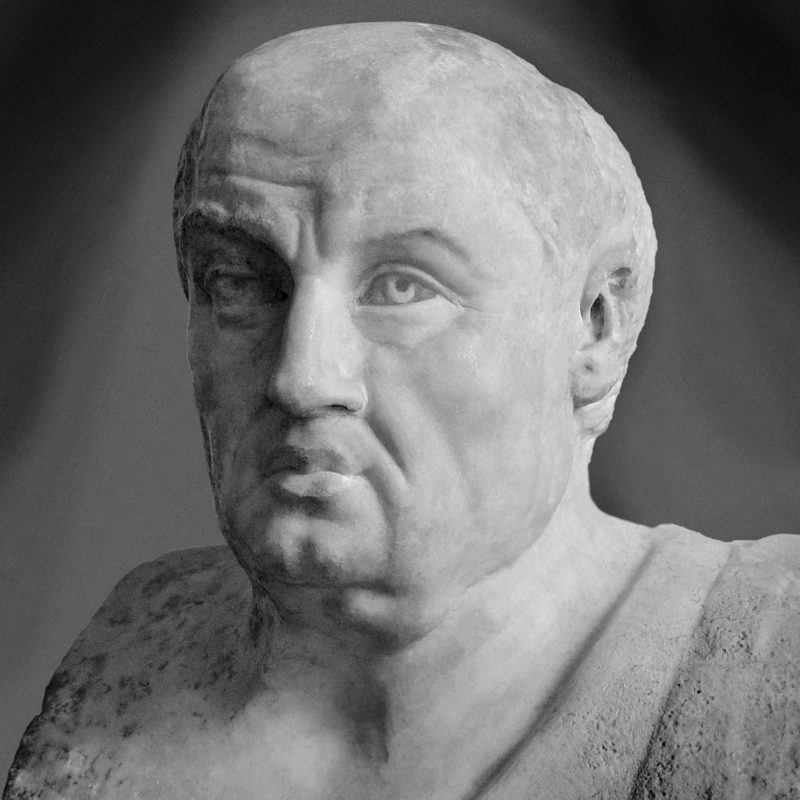
I’ve been thinking about my use of time for a while now. In fact, I now schedule my days to maximize my time. I find that I don’t waste as much as I used to waste before I scheduled. Interestingly, Seneca also spoke about the use of time and the danger of letting life pass by. Despite writing during the Roman Empire, Seneca’s essay remains relevant. I also attempted to relate it to anime, but I have to admit that I was stretching to include a callback to JP’s general theme of anime and Japanese culture.
What is an incel? How does it overlap with otaku culture?
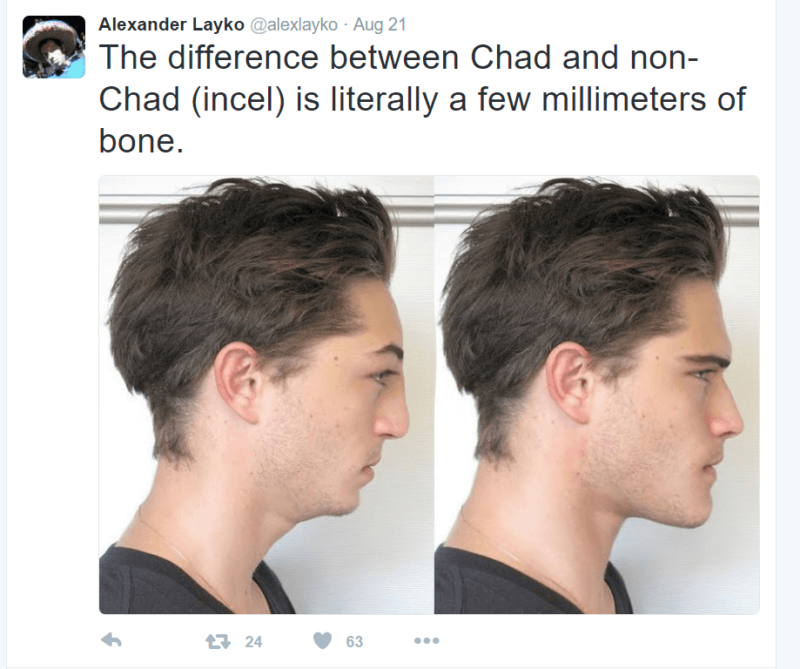
I’m troubled by the hatred and sense of entitlement to female bodies many incels–involuntary celibate men–have. For a time in my teen years, I shared a similar frustration, at least in the sense of dating and female interest. However, looking back I realized female interest was there; I was blind to it. I’m certain many incels have the same blindness. In the post, I examined the incel doctrine–the red and black pills, as the ideas are called–and concluded that incels marginally overlap with otaku culture.
Misora Hibari, the First Japanese Pop Idol
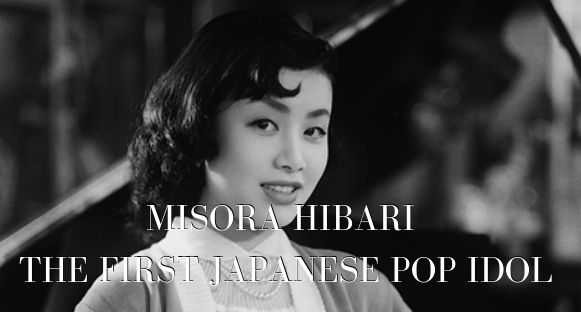
Japanese pop culture has conquered the world. I was curious about where Japanese pop culture started. With some work, I pinned down Misora Hibari as the first recognizable pop idol, at least in the modern sense. There were others further back in history, such as various famous geisha, but we wouldn’t really consider them pop idols by today’s standards. Misora set those standards.
Income Inequality Lessons from the Edo Period
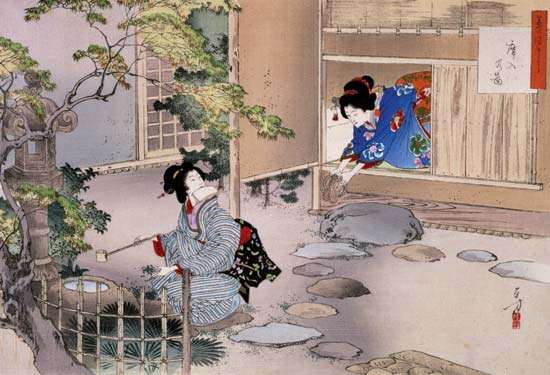
This article was my most controversial for the year, as I suspected it would be. Several people on Facebook accused me of not understanding economics. Basically, they disagreed with my assessment of how Edo Period approach to income inequality clashed against American conservative economic ideas. I don’t claim to be an economics expert. I read many books about it, but I also read history. As a student of history, I’ve noticed how whenever income inequality gets too wide, people die. Namely, rich people die. The Shogunate feared this would happen as the merchant class grew richer and more powerful. That’s why they confiscated merchant wealth and gave incentives for merchants to spend their wealth for the benefit of society. Those merchants also saw their businesses grow even more profitable once they started spending their profit for others. Such spending came out of self interest and a desire to increase profit. Sadly, today’s kleptocrats ignore the lessons of history. I’m worried that Wall Street investors will end up lynched when the economy blows up again. And the solution is simple, just learn the lessons of history. Some income inequality is fine. In fact, it’s needed. But too much–defined by when the minority controls the majority of wealth–leads to violence and destabilization.
I have most of 2020’s articles written and waiting. But I’m constantly writing more. I post from my drafts based on events, topic trends, and my own whims. It’s nice to have that flexibility. As always, if you want me to research and write about a topic or anime, let me know!
Have a blessed 2020!
